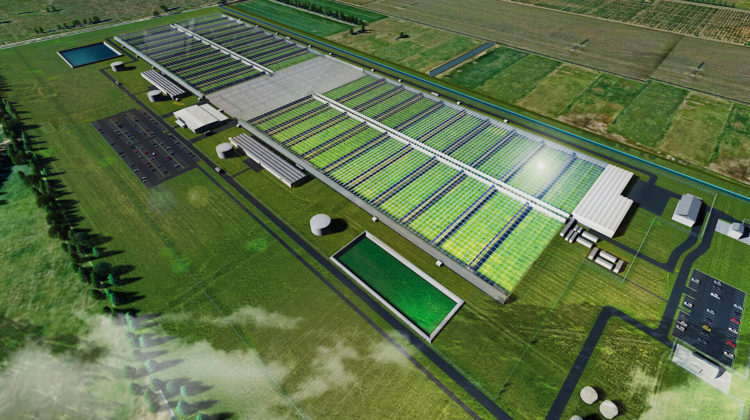
New York and New Jersey have hopped on the cannabis legalization wave. However, dispensaries still face barriers ahead as officials adjust zoning regulations for densely-populated areas.
Post-Legalization
Legalizing cannabis is a feat in and of itself as only 16 states and the District of Columbia have legalized its recreational use. However, the challenge of bringing cannabis to consumers is not over.
Once legalized, it takes at least a year to start legal sales. In that time, officials must hash out regulations, taxes and licensing structures regarding land use and zoning.
New York, which legalized recreational cannabis on March 31st, 2021, is currently undergoing this process as the new Office of Cannabis Management drafts regulations for permits and licenses. Yet, sales are still a year or more away, according to the New York law firm, Jacobowitz and Gubits LLP.
While it may take a while for residents to purchase recreational pot legally, they can possess and consume it immediately. In addition, New York’s Marijuana Taxation and Regulation Act outlines some regulations about where consumers can use cannabis. The law allows consumers to smoke cannabis wherever tobacco is allowed, excluding cars, schools and workplaces.
The same process holds true in New Jersey. State voters legalized the use of recreational cannabis in February 2021. But efforts to create regulations have pushed legal sales back several months.
Establishing Green Zones

While officials in New York and New Jersey work out zoning regulations, other legal states can provide some insight into what to expect.
Oftentimes, states create “green zones.” Green Zones are areas where cannabis-related businesses can set up shops, according to Well Rooted Real Estate, a Michigan-based realty company that serves the cannabis industry.
State laws create these green zones, which prohibit cannabis retailers from opening stores within a certain distance of residential areas and K-12 schools, according to Well Rooted Real Estate. However, individual municipalities can reduce or increase the distance requirement as they see fit.
In California, each city or county creates cannabis-friendly zones based on the following distance requirements: cannabis retail establishments cannot be located within a 600-foot radius of schools, public parks and libraries, daycare centers, substance abuse recovery centers and other licensed retailers. Furthermore, cannabis manufacturing sites must be outside of a 600-foot radius of residential properties.
There are similar zoning requirements in Colorado. For example, state law requires 1,000-feet of the distance between cannabis retail shops and schools or residential areas.
As a result of zoning restrictions, areas that allow cannabis retail stores act as hubs, or “green zones,” for dispensaries.
Green Zones and Cannabis Deserts
Even after green zones are established, cannabis businesses still face challenges within their jurisdictions.
Oftentimes, cannabis retail sites must compete directly with one another. That is because counties limit the number of locations available for cannabis sales, according to the law firm Offit Kurman. On the other hand, zoning regulations can effectively drive cannabis businesses out as many jurisdictions require up to 1,000 feet between cannabis retailers.
In California, zoning laws and individual municipalities can also prevent cannabis businesses from entering communities. This creates cannabis deserts where cannabis-related stores are not permitted. That, in addition to costly licenses, leaves places like Oklahoma to have more dispensaries per capita than California.
More importantly, these deserts restrict medical patients’ access to cannabis. It also restricts recreational users from purchasing pot legally.
With more than 17.5 million Californians living in cannabis deserts, medical patients and recreational consumers may find themselves buying from non-licensed dealers to get the products they desire. Not only does this create a discrepancy over the safety of cannabis, but it also affects a legal dispensary’s sales.
Furthermore, some law enforcement and community members argue that dispensaries bring crime. However, many cannabis companies say they bring security to the neighborhoods where they are located. That is especially since regulations require many cannabis businesses to have onsite guards and security systems with cameras. Additionally, they provide safe, legal options for consumers so they are not forced to buy unregulated cannabis products.
Zoning on the East Coast
New York faces unique zoning challenges. Currently, state officials are debating where to allow dispensaries in densely-populated areas near neighborhoods, schools and churches.
There were roughly 8.4 million residents in 2019 in New York City, compared to the almost 4 million residents in Los Angeles, according to the U.S. Census Bureau. While New York City has twice as many residents, it consists of 166 fewer square miles than L.A.
This means that in New York City, zoning officials will have to take into account densely-populated areas when outlining where dispensaries can set up shop. More specifically, they will have to consider the over 1,800 public schools, thousands of churches and numerous residential areas when determining distance requirements.
Meanwhile, in New Jersey, zoning officials have an easier job setting regulations. That’s because the state consists of roughly 8.8 million people, but with 7,000 more square miles in land area when compared to New York City.
Although it is a simpler process in New Jersey, determining the location of green zones will take time as the state recently legalized recreational cannabis.
As for New York, legislators do not expect dispensaries to start selling cannabis until December 2022, at the earliest.
Regardless of when officials create new green zones and potential cannabis deserts — consumers will be left without legal options in the meantime.



Leave a Reply